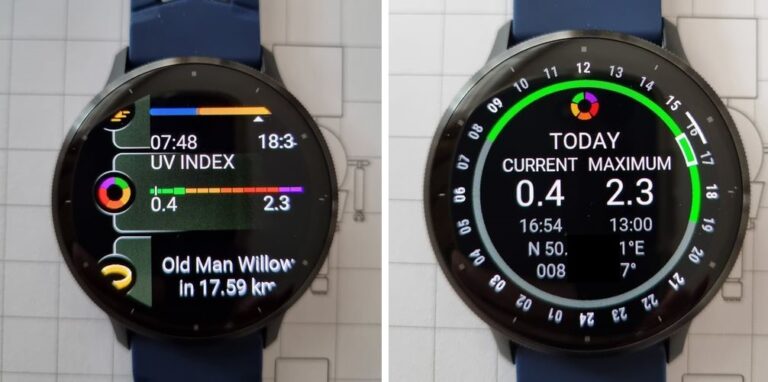Two Underrated Features of WearOS 4/OneUI 5 Brought to Galaxy Watches
I have seen many overviews of the new features which Samsung has implemented in the WearOS4/OneUI5 update. From Samsung’s own announcements to independent professional and amateur reviewers. Even better than before sleep analysis and coaching (to be honest, I still do not see what exactly is new in this department) and Irregular HR Monitoring (if you are lucky enough to live in one of the 13 countries and have a Samsung phone) are the most discussed new health-related features.
When my GW4 finally received this update I found 2 features that nobody even mentioned at all, but which are new and are really useful:
- User-defined exercises
- Detailed tuning for each breath phase in the breathing exercise
User defined exercise
With this update you can define your own exercises: give them a name, say whether GPS track must be recorded or not. You can also set a target type for it (time, calories). This is very useful for tracking and performing “non-standard” exercises.

For example, you can create a “stability exercise”, set a target for 5 minutes and do it using your watch — cool.
Unfortunately, Samsung Health has a strange restriction here: the duration target must be at least 5 minutes . As a result, I can use my Galaxy Watch as a timer doing 2 minutes plank — the watch helps me time it, but I cannot do the same with a user-defined “dead hang” exercise (and 5 minutes is a too long target for it). I can track it, but I have to do the timing myself.
I do not understand why Samsung has introduced this limitation, and I hope that Samsung will remove it in a future update.
Configurable Breathing Exercise
Before the update, it was possible to configure how many seconds a cycle should take and how many of them you wanted to do. 1 minute per cycle meant 30 seconds inhale and 30 seconds exhale (with no pause in between).
However, there are breathing exercises where the inhale is longer than the exhale (or vice versa), and the “boxed breathing” where the inhale, pause and exhale are all the same duration.

These variations are really important — they have different effects on your body.
For example, in this video Dr. Huberman recommends a short inhale/long exhale variant to reduce stress.
And the good news for Galaxy Watch owners is that now the breathing exercise app allows you to configure the duration of each phase separately.
PS: Any ideas why Samsung did not advertise these features?






